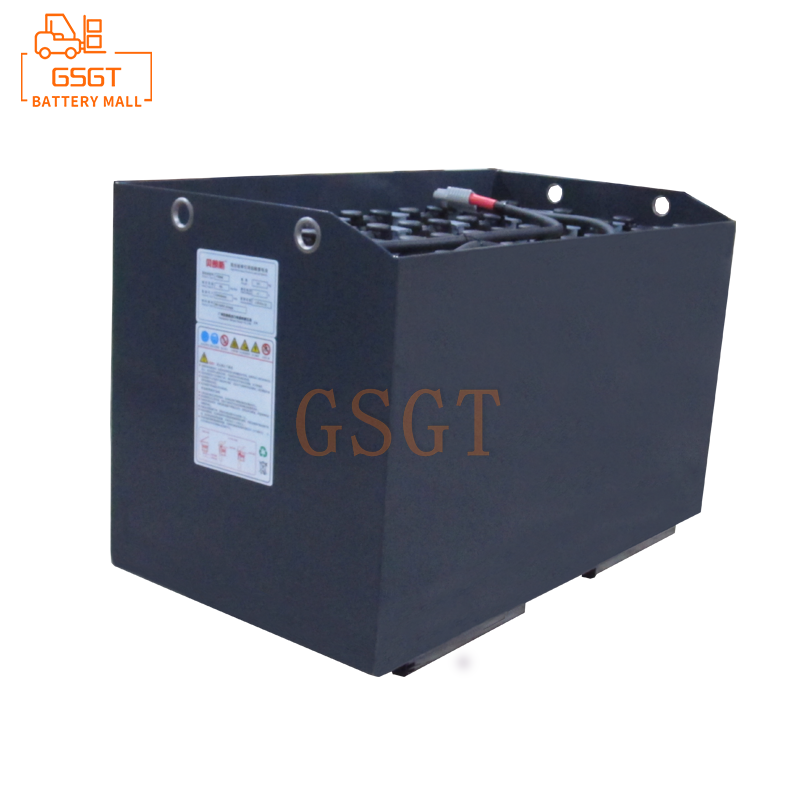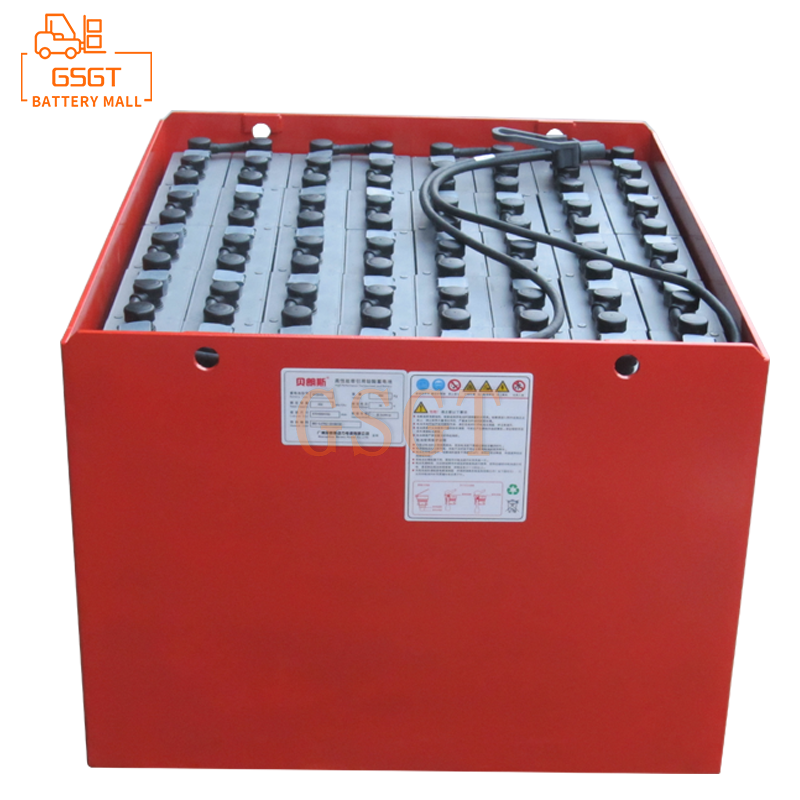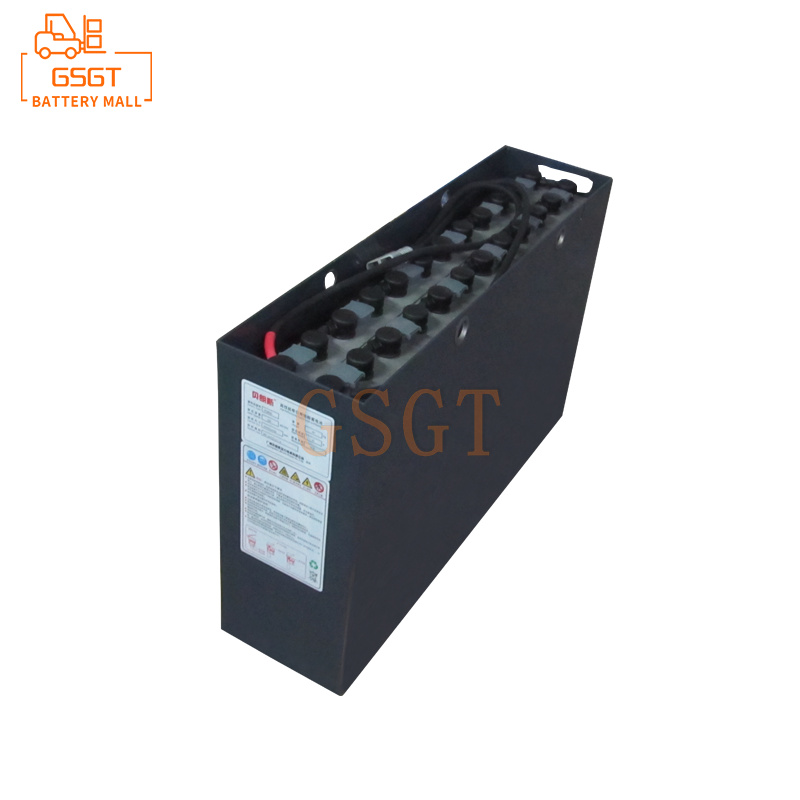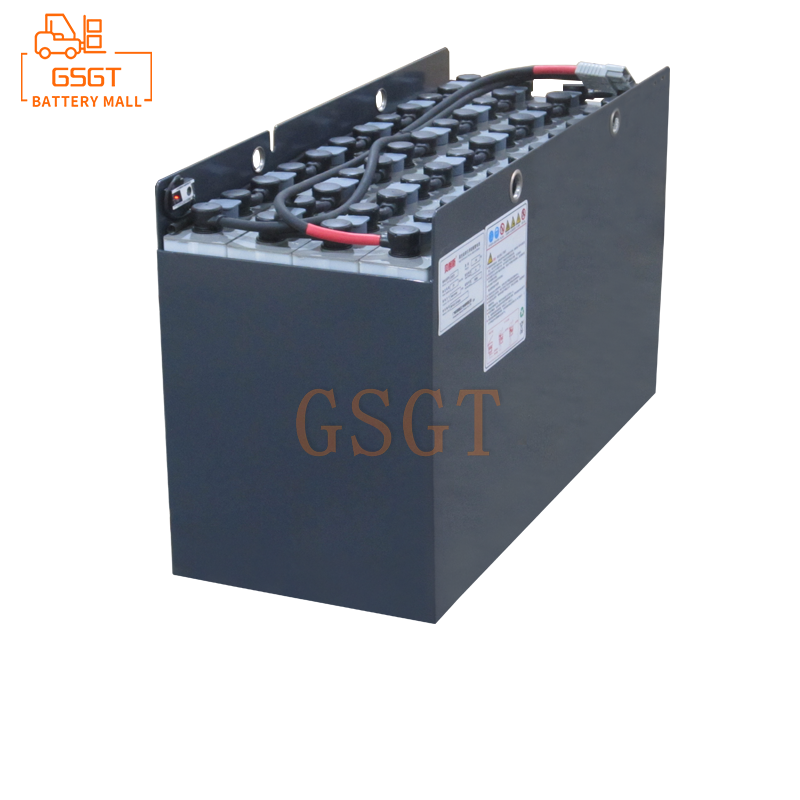Time:2025-03-20 10:52:48
Browse:622
## Extreme temperature is a serious challenge to lead-acid batteries
In the field of energy storage, lead-acid batteries, with their cost advantages and technological maturity, are widely used in many scenarios such as automobile start-up, backup power supply of communication base stations, and solar energy storage systems. However, lead-acid battery can be called a "temperature sensitive bomb", and extreme temperature environment poses a serious threat to its performance, life and even safety.
When encountering a high temperature environment, the internal chemical reaction rate of the lead-acid battery is greatly increased. The activity of lead dioxide on the positive plate increases, the decomposition of water in sulphate electrolyte accelerates, the oxygen evolution reaction (2H₂ O-4e ⁻ = O₂↑ + 4H plus) and the reaction of hydrogen evolution (2H + 2e⁻ = H₂↑) are intensified. The production of large gases causes a sudden increase in the internal pressure of the battery. At the same time, these reactions are exothermic reactions, further increasing the temperature of the battery, forming a vicious cycle of "temperature rise - reaction acceleration - heat production increase - temperature rise again". High temperature will also accelerate the vulcanization of the battery plate, resulting in a layer of dense lead sulfate crystal on the surface of the plate, resulting in an increase in the internal resistance of the battery and a decrease in charge and discharge efficiency. According to research, when the ambient temperature rises from 25 ° C to 45 ° C, the life of the lead-acid battery may be shortened by more than half, and even lead to thermal runaway, battery shell softening, rupture, electrolyte leakage, there is a risk of fire and explosion, such as the communication base station lead-acid battery working outdoors in the hot summer, it frequently faces such a crisis.
The low temperature environment also brings difficulties to lead-acid batteries. At low temperature, the viscosity of sulfuric acid in the electrolyte increases, the ionic migration rate slows down, and the electrochemical reaction resistance increases. This causes the internal resistance of the battery to rise significantly, and the battery capacity to decrease significantly, generally at -20 ° C, the capacity of the lead-acid battery may fall to less than 50% of the normal temperature. The vehicle is difficult to start in the cold winter, precisely because the low temperature starting battery capacity is insufficient, can not provide enough current to drive the starter. Moreover, the low temperature may also cause the electrolyte to freeze, expand the volume, burst the battery shell, and cause permanent damage to the battery.
## High temperature protection strategy
### Cooling system optimization
Efficient heat dissipation system is the key defense line for lead-acid batteries to cope with high temperature. The air-cooled cooling system removes heat by installing fans around the battery pack to force air flow. In communication base stations, axial fans are usually installed on the top or side of the cabinet to discharge the heat generated by the battery from the cabinet. In order to improve the heat dissipation efficiency, the air duct design can be optimized to make the air flow evenly through each battery to avoid local overheating. For example, a baffle is set between the battery packs to guide the air flow to form an orderly circulation to ensure that there is no dead Angle for heat dissipation. Liquid cooling heat dissipation is more efficient, by arranging cooling pipes in the battery pack, the coolant circulates in the pipeline to absorb the battery heat. The coolant can choose water-glycol mixture, which has large specific heat capacity, high boiling point and low freezing point. In the electric vehicle battery system, the liquid cooling cooling system can accurately control the battery temperature in the appropriate range to prevent thermal runaway.
### Intelligent control of battery management system (BMS)
BMS is like the "intelligent butler" of lead-acid batteries and plays a core role in high temperature protection. The BMS monitors the battery temperature in real time through the built-in temperature sensor, and immediately activates the protection mechanism when the temperature exceeds a preset safety threshold (such as 40 ° C). On the one hand, BMS adjusts the charging strategy to reduce the charging current or voltage, slow down the rate of chemical reactions inside the battery, and reduce heat production. For example, switch the fast charge mode to trickle charging to avoid excessive heat generated by high current charging. On the other hand, BMS controls the work of the cooling system, such as increasing the fan speed or increasing the coolant flow rate to accelerate heat dissipation. At the same time, the BMS can also evaluate the health status of the battery according to the battery temperature, voltage, current and other parameters, and warn of potential failures in advance to prevent the deterioration of the battery performance due to high temperature.
### Material level improvement
In terms of battery materials, the development of high-temperature resistant electrode materials and electrolyte additives can improve the high temperature tolerance of lead-acid batteries. For example, the addition of specific metal oxides to the positive plate material enhances the thermal stability of lead dioxide and inhibits the decay of activity at high temperatures. For the electrolyte, the addition of high temperature stable additives, such as phosphoric acid, can slow down the decomposition of sulfuric acid electrolyte, reduce the gas reaction rate, and reduce heat generation. In the battery shell material, the use of new high temperature resistance, flame retardant and high mechanical strength of the engineering plastic, even if the battery inside the high temperature abnormal, the shell can be in a certain period of time to maintain the integrity of the structure, to prevent the leakage of electrolyte and fire spread, to add a guarantee for safety protection.
## Low temperature protection means
### Heating and insulation measures
It is an important means to deal with low temperature to equip lead-acid battery with heating and insulation device. The heating plate is a commonly used heating element that can be attached to the surface of the battery shell to raise the temperature of the battery through current heating. In the car starting battery, some models are installed with heating sheet, in the low temperature environment, before the vehicle starts, the owner can start the heating sheet by remote control or the car button, so that the battery temperature rises to the appropriate range, improve the battery performance, to ensure smooth start. At the same time, the application of thermal insulation materials is also indispensable. Polystyrene foam, polyurethane foam and other insulation materials are used to make a battery incubator, and the battery is wrapped in it to reduce heat loss. In the outdoor solar energy storage system, the battery is placed in an incubator to effectively maintain the battery temperature and reduce the impact of low temperature on the battery capacity.
### Optimization of electrolyte formulation
The performance of lead-acid batteries can be significantly improved by optimizing the electrolyte formula in low temperature environment. Reducing the freezing point of the electrolyte is the key, by adjusting the concentration of sulfuric acid, adding appropriate amount of antifreeze, such as glycerol, ethylene glycol and so on. These antifreeze agents can form a eutectic system with sulfuric acid and water, reducing the freezing point of the electrolyte and preventing freezing at low temperatures. For example, for lead-acid batteries used in cold areas, the freezing point is reduced to below -40 ℃ by optimizing the electrolyte formula to ensure that the battery works normally in extremely cold environments. In addition, the optimized electrolyte can also improve ion conductivity, speed up ion migration at low temperatures, reduce the internal resistance of the battery, and improve the charge and discharge efficiency of the battery.
### Low temperature adaptive charging strategy
The traditional charging strategy is difficult to meet the demand of lead-acid battery at low temperature, so low temperature adaptive charging strategy should be adopted. First of all, reduce the initial charging current to avoid serious battery polarization and damage to the battery due to high internal resistance at low temperature and high current charging. As the battery temperature gradually increases, the charging current is gradually increased. For example, the constant current - constant voltage charging mode is used to charge at a small constant current value in the early stage of low-temperature charging, and when the battery temperature rises to a certain degree (such as above -10 ° C), the normal charging current is switched to constant voltage charging until the battery voltage reaches the limit value. At the same time, adjust the charging voltage and appropriately increase the charging voltage to compensate for the internal resistance voltage drop of the battery at low temperature to ensure that the battery can be fully charged. Through this intelligent charging strategy, the battery can be protected from safe charging at low temperatures, and the low-temperature charging efficiency of the battery can be improved.
The safety protection of lead-acid batteries at extreme temperatures is a complex and systematic project, covering multiple dimensions such as heat dissipation, heating, materials, and control. From the cooling system and BMS working together at high temperatures, to the heating and insulation and electrolyte optimization at low temperatures, each protection strategy is closely related to the stable and safe operation of lead-acid batteries in extreme temperature environments. Only by continuous exploration and innovation, and constantly improve the protection system, can we give full play to the efficiency of lead-acid batteries, broaden their application scenarios, and meet the energy storage needs in different environments.

$3075

$7255

$1060

$1790

MESSAGE
Professional And Efficient
Security
Affordable Price
Professional Services